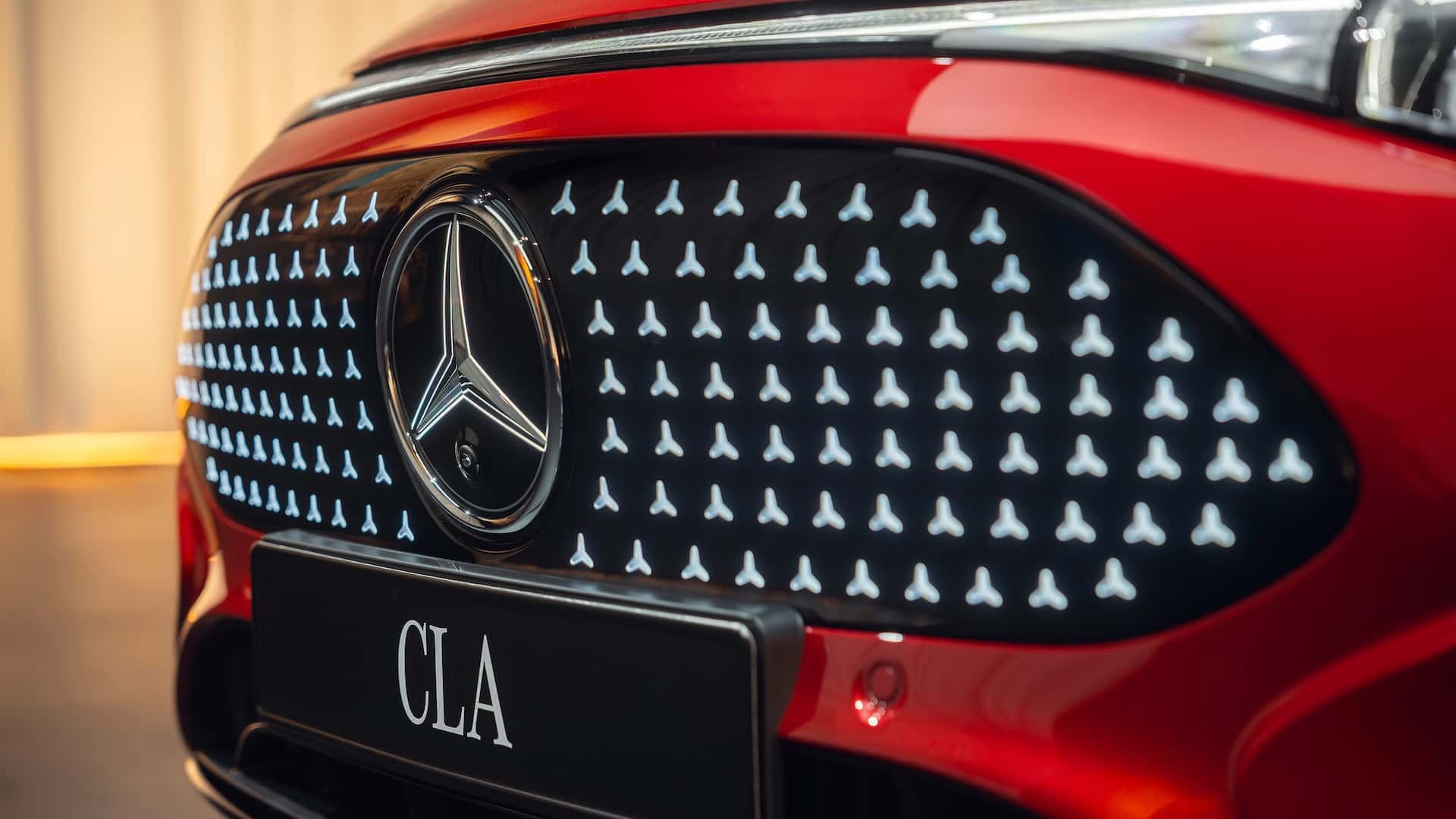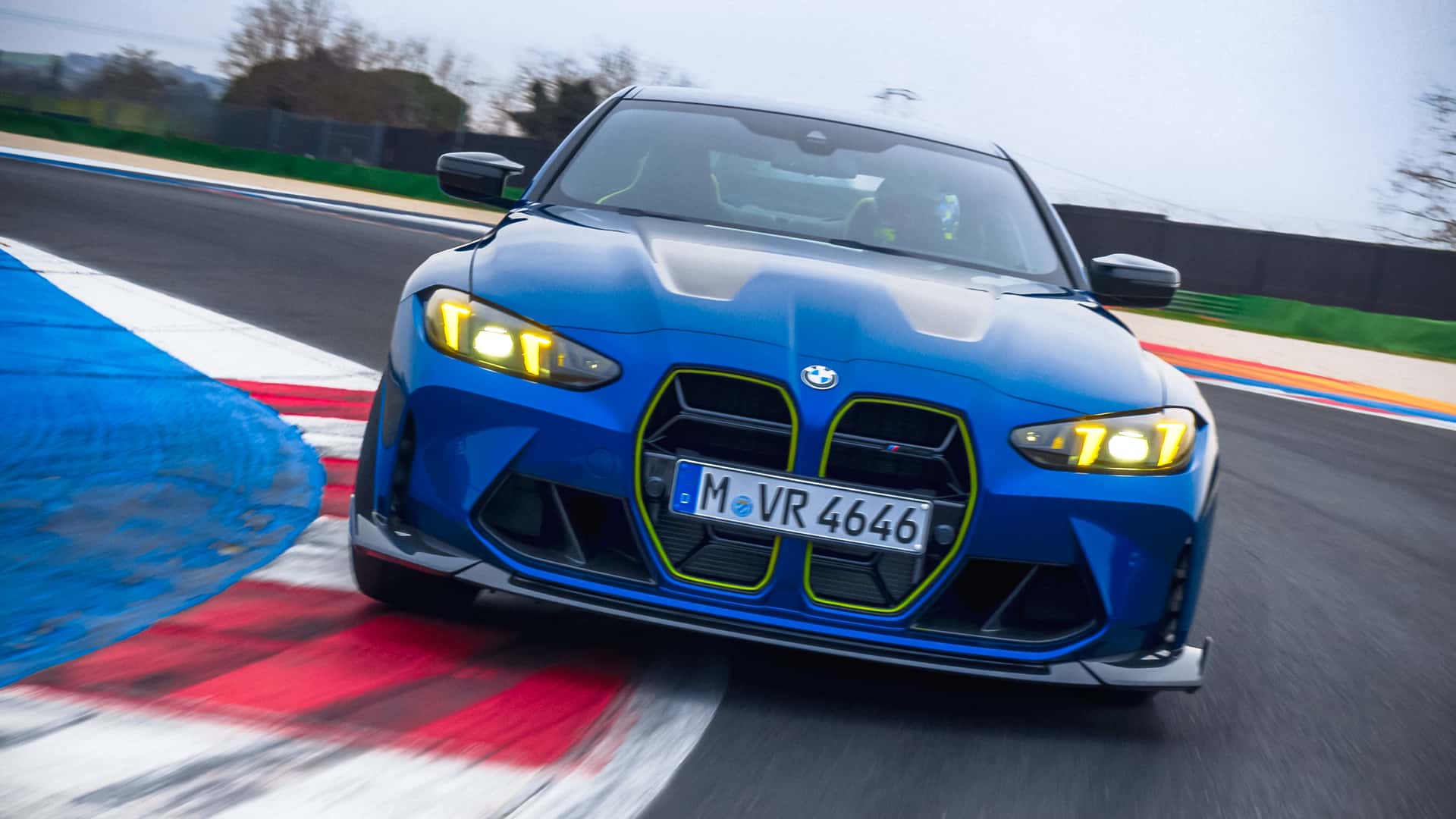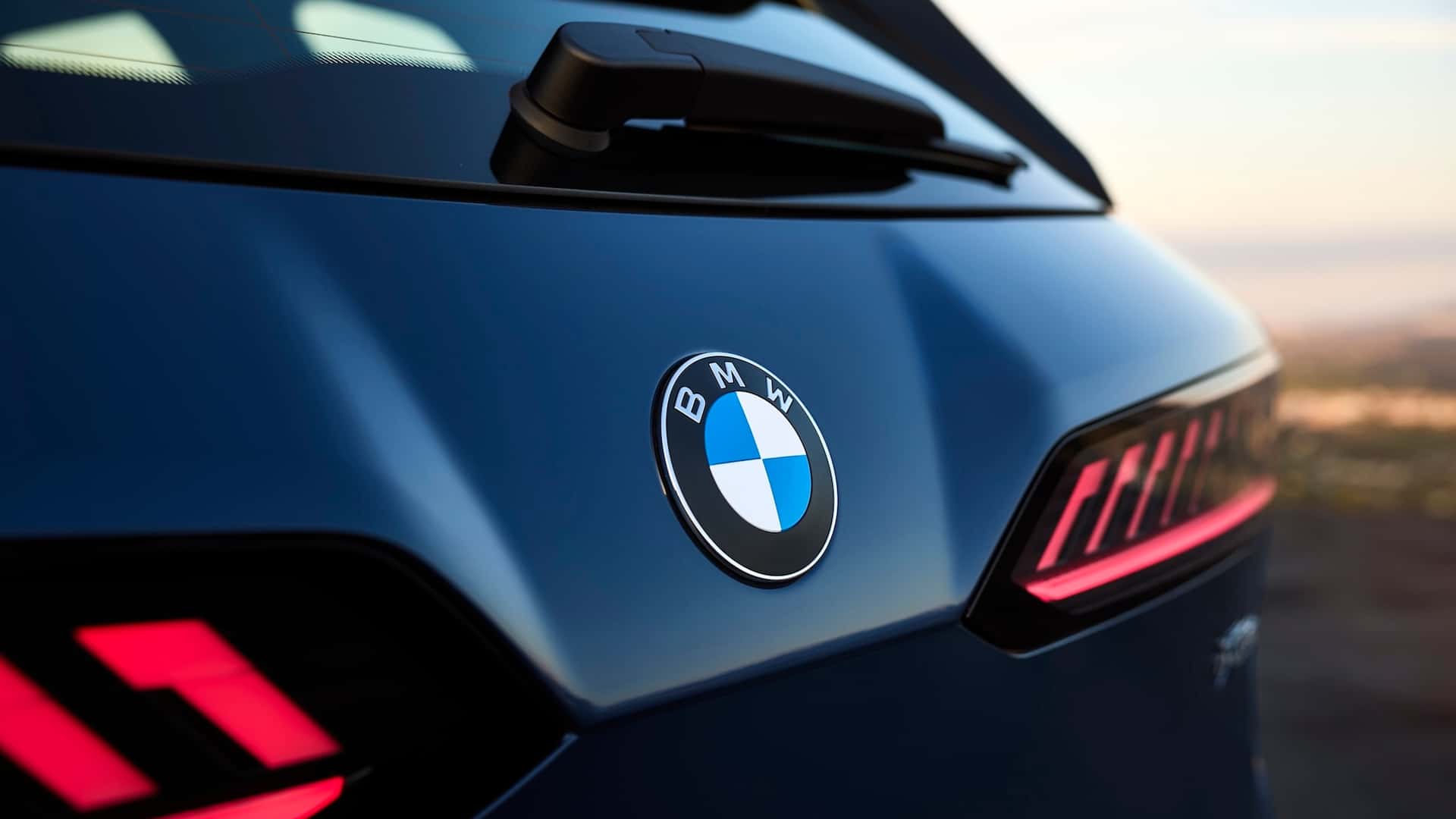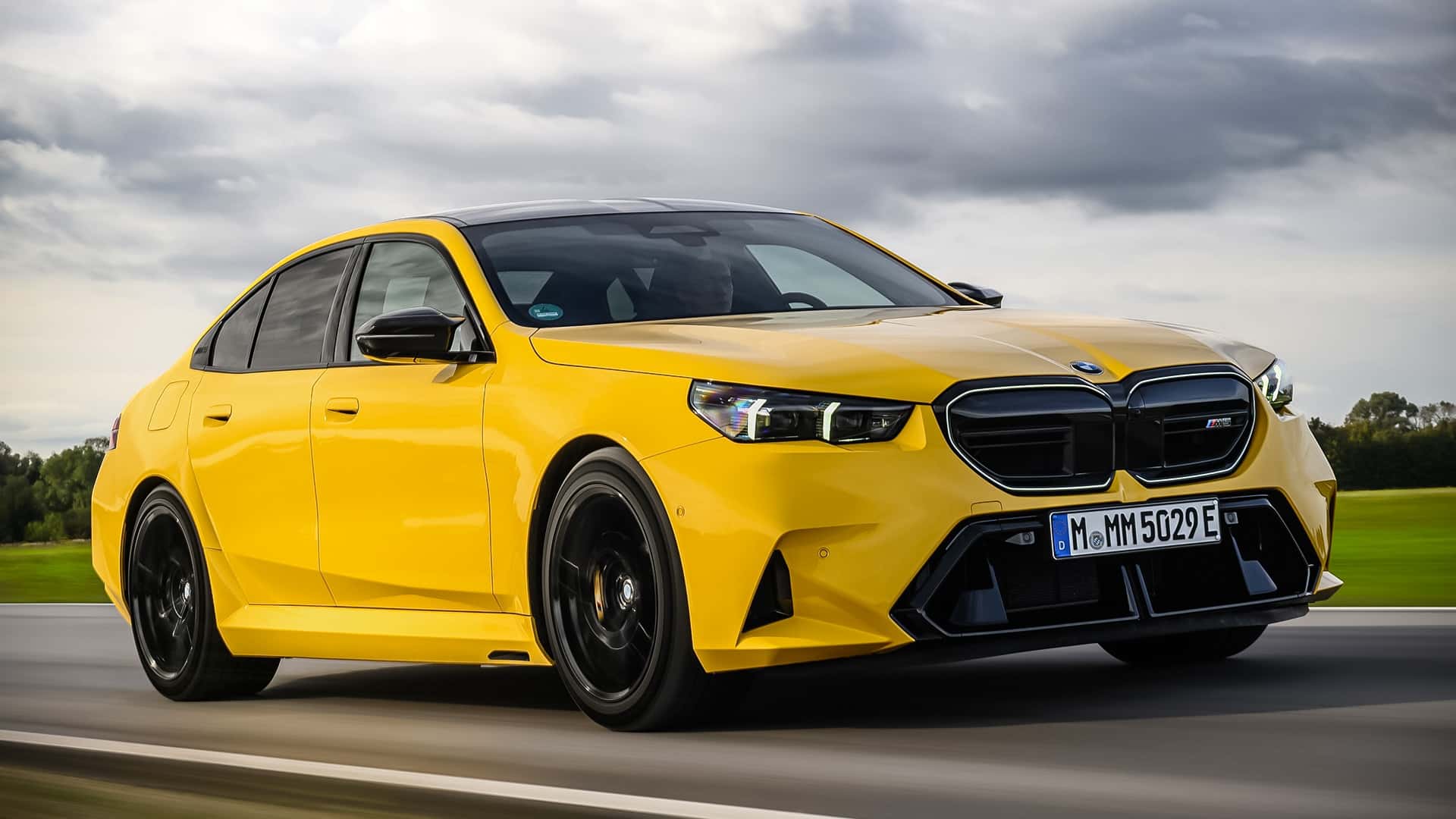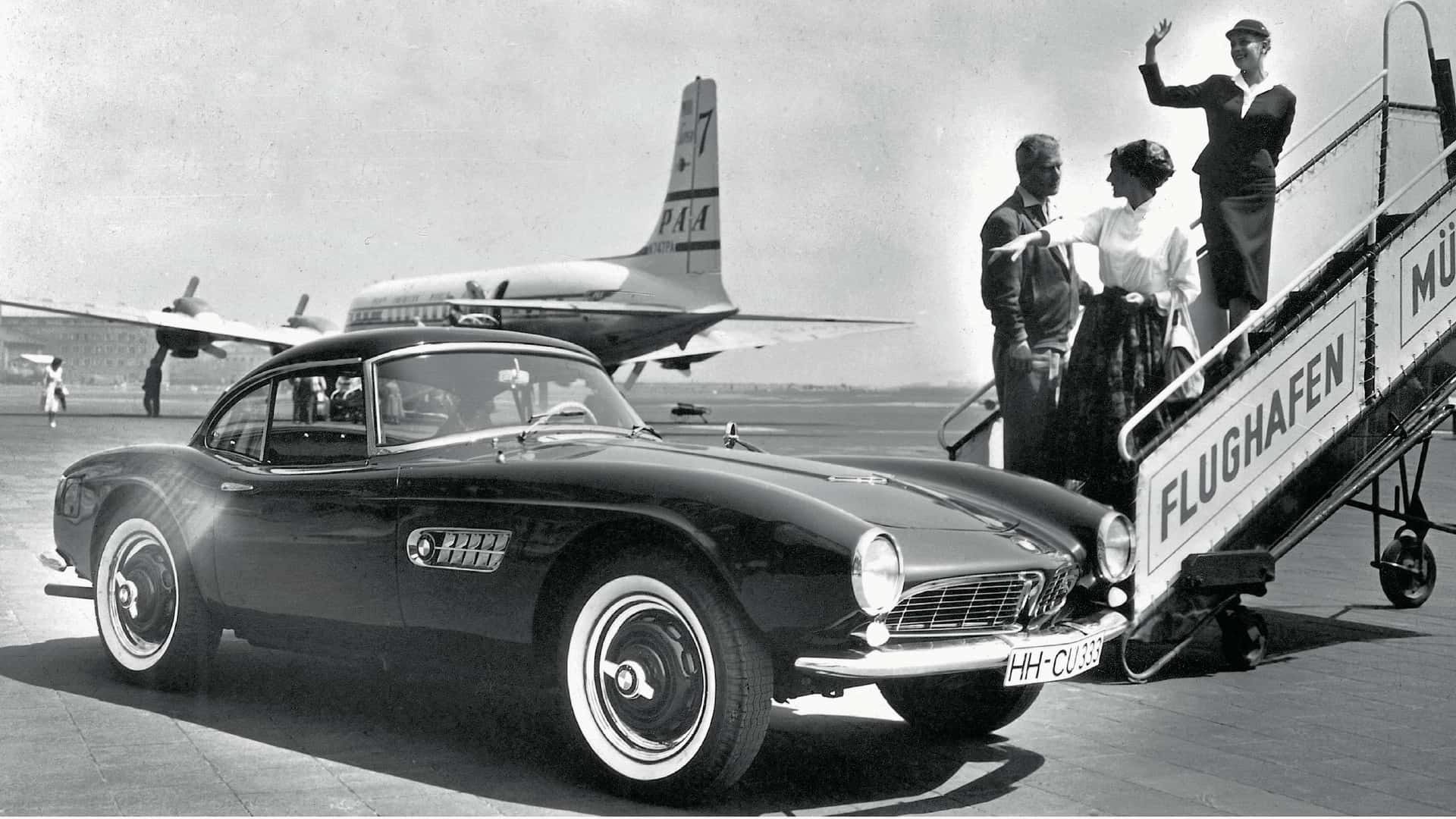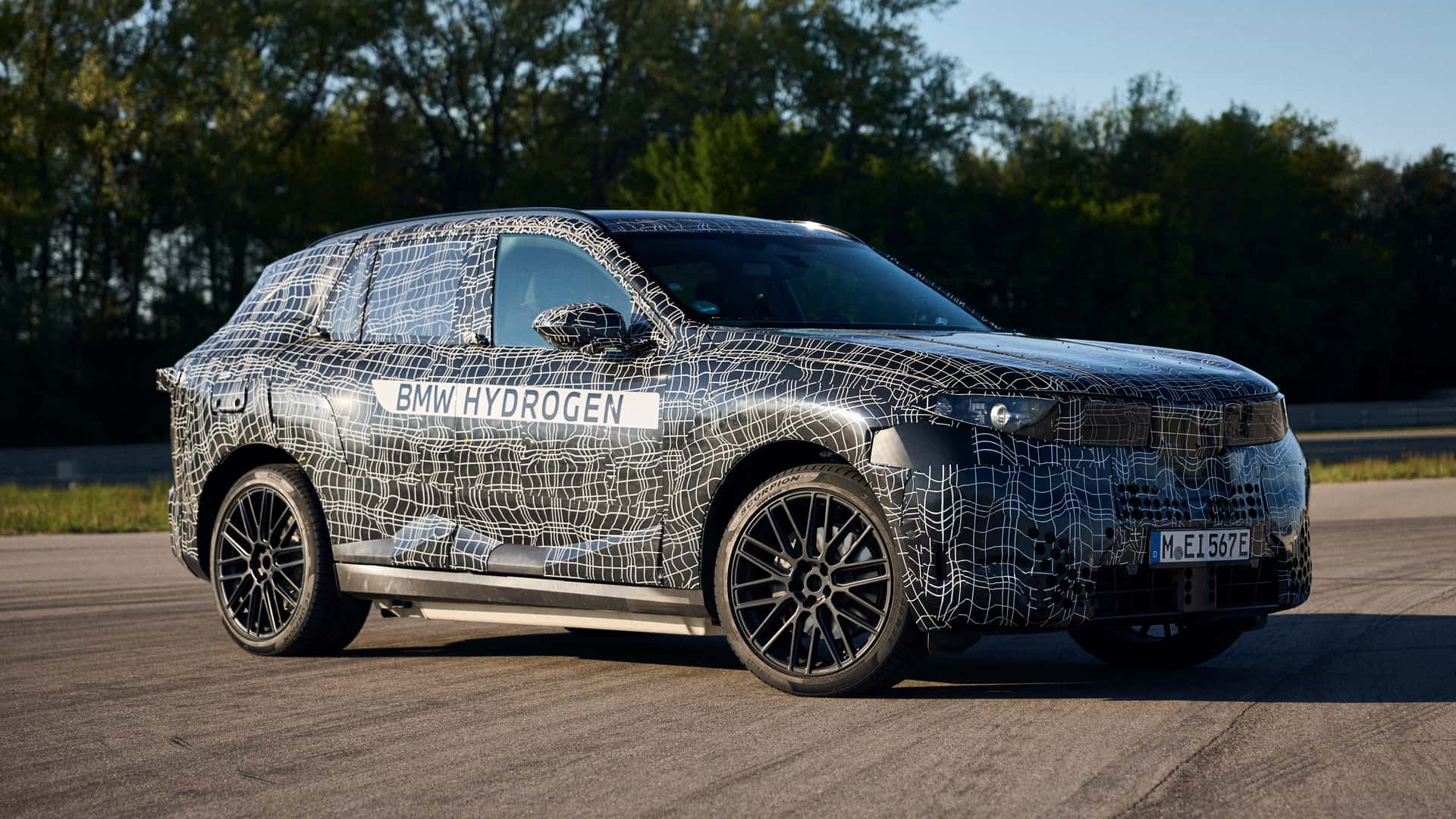BMW's EVs On Flexible Gas Car Platforms Are Paying Off Big Time
At this point, you've probably realized by now that the best electric vehicles (EVs) on the market are those that are built on platforms solely for EV use. That's because of their packaging and efficiency advantages. A dedicated EV platform, like Hyundai Motor Group's (HMG) famed E-GMP platform that underpins cars like the Hyundai Ioniq 5 and Kia EV6, offers unparalleled space utilization--including a front trunk, as well as better efficiency for its electric motors.
And then there are other brands like BMW, who chose a more flexible--albeit rudimentary, route. The German premium automaker simply evolved its CLAR platform to accommodate internal combustion engines (ICE), as well as plug-in hybrids and EVs. From a packaging and design perspective, BMW's EVs aren't the most cutting-edge or the most space-efficient. Instead, as it turns out, their EVs on flexible platforms are a flexible solution for an unpredictable global automotive market.
In order to give you the most up-to-date and accurate information possible, the data used to compile this article was sourced from various manufacturer websites and other authoritative sources.
BMW's Flexible Platform Strategy

2026 BMW iX TopSpeed 006
To understand how BMW ended up with today's flexible strategy, we have to look back at the origins of the CLAR platform. CLAR stands for Cluster Architecture, and it's not just flexible in terms of powertrain options, but also vehicle sizes. This is why you see this platform from a wide variety of BMWs, from the 3 Series to the flagship 7 Series and even something as large as an X7.
One Platform, Multiple Powertrains

BMW
CLAR was first applied in the was first applied in the G11 BMW 7 Series for the 2016 model year. CLAR is mostly for rear-wheel drive (RWD) and rear-biased all-wheel drive (AWD) BMWs. For cars like the 2 Series GranCoupe, X1, X2, and the Mini model range, BMW makes use of the UKL platform that's meant for front-wheel drive (FWD) applications due to the space efficiency provided by this platform. CLAR was created from the outset to accept electrification technologies, which shows BMW's early vision on the future of electrified mobility.
Besides, BMW has a long history of electrification with cars like the BMW i3 electric and range-extended electric city hatch, as well as the BMW i8 plug-in hybrid sports car. They've also touched on normal "self-charging" hybrids as well with their ActiveHybrid model range in the early 2010s. With their vision in those years, they've already made the CLAR platform flexible to whatever powertrain option becomes popular in the future.
Not The Best, But Appropriate

2024 BMW i5 M60 Under The Hood TopSpeed
As a result, by accommodating all powertrain options in one platform, the CLAR platform isn't the best for EV use, but it's what makes BMW so flexible in recent years. See the 5 Series, for example. It's available with an ICE, albeit with 48-volt mild-hybrid assistance, as well as plug-in hybrid and pure EV versions in the case of the i5. At the same time, the i5 isn't drastically more expensivethan any of the standard 5 Series variants. BMW simply treats it as another variant of the 5 Series rather than a completely different nameplate.
Therefore, while the i5 may have some packaging constraints due to using a platform that's shared with an ICE car--such as a transmission tunnel or the lack of a front trunk--the i5 still excels in the other areas that are important to EV buyers. For one, though its efficiency isn't outstanding, it's pretty good for the class. The EPA range of BMW's EVs is above average for the class despite having a platform that's shared with ICE cars, whilst still retaining the signature driving character that BMWs have been known for.

2026 BMW M3 EV-04
How BMW M Is Delivering Huge Electric Performance With Plenty Of Finesse
The secret? A new electrical architecture that BMW has incorporated.
All Worth It For BMW

BMW
That flexibility may not create the most prudent EV fans, but the reality is, that BMW's flexibility strategy is paying off big time. You see, in the early 2020s, the automotive world somehow thought that the EV shift was going to happen rapidly. As it turns out, that's not exactly what happened. Yes, as we've mentioned numerous times, EV sales continue to grow, but that rate of growth in 2025 is slower, and that pace is also highly varied, depending on where you live.
Success Amid Challenging Times

2025 BMW i4 Front Section TopSpeed
Diving into the numbers, you'll realize that BMW's flexible EV strategy isn't at the expense of having lower EV sales. In fact, thanks to having such a flexible platform, it has a diverse range of EVs globally. As a group, when combining BMW, Mini, and Rolls-Royce sales, they were able to deliver 426,594 EVs last year. For the BMW brand alone, they delivered 368,523 EVs globally--an 11.6 percent growth and thus, a sales record.
As for the United States, BMW's EV sales are likewise at an all-time high, growing by 12.3 percent to 50,981 EVs. They also sold 19,398 plug-in hybrids last year, bringing its electrified vehicle sales to 70,379 units or 19 percent of BMW's overall USA sales. This is happening at a time when Mercedes-Benz's global EV sales decreased by 23 percent in 2024 and Audi's global EV sales declined by eight percent.
Where Its Peers Faltered

Mercedes
Whilst BMW's peers that jumped aggressively on the EV bandwagon are riding on sophisticated bespoke EV platforms, it also means that their EVs are much more expensive compared to their equivalent ICE models. BMW's strategy, on the other hand, allows EVs to merely have a smaller price premium versus an ICE car with a similar output. For example, the 375-horsepower BMW 540i xDrive starts at $65,800, while the 389-horsepower i5 xDrive40 starts at $70,100--a less than $5,000 difference. Don't need AWD? An i5 eDrive40 has an even smaller price premium than the 540i xDrive at $67,100.
On the other hand, in Mercedes-Benz's case, the 255-horsepower E 350 starts at $62,450, while an equivalent EQE 350+ with 288 horses starts at $74,900. Let's not forget that its egg-shaped styling has also drawn more controversy than approval. Egg-shaped EV that costs a lot more than its ICE counterpart? No wonder Mercedes-Benz's EVs are already being heavily discounted--even at the start of 2025.

bmw idrive steering wheel
The Future Of BMW's EVs

BMW
BMW's flexible strategy has enabled them to respond to varying market conditions. The minimal investment cost as a result of having shared platforms, combined with the aesthetic and functional familiarity of its ICE cars, has proven to be the perfect combo for its customer base. This has enabled BMW to have the financial resources to finally release a range of EVs on its upcoming Neue Klasse EV platform.
Klasse Is In Session

BMW
BMW has previewed its upcoming EVs on the Neue Klasse bespoke EV platform with the Vision Neue Klasse and Vision Neue Klasse X concepts. Their retrofuturistic designs have seen better reception from fans and existing customers, so we're already off to a good start in that aspect. But apart from the new design, the Neue Klasse EVs will finally inherit the packaging and tech advantages that EVs have been known for, such as having a front trunk and even vehicle-to-load (V2L) bi-directional charging capabilities. These two features have been long absent in today's BMW EVs as a result of its shared platform with an ICE car.
Not only that, but the bespoke EV platform allows for integrated battery packaging into the vehicle's structure, as well as more efficient drivetrains. BMW promises ranges to be at or near the 500-mile figure while charging speeds will be twice that of today's BMWs due to their 800-volt architecture. BMW has stuck with the more rudimentary 400-volt system, since, to be fair, they do have a valid point in their argument regarding most DC chargers today in North America. Only a handful of these DC chargers offer the output that 800-volt systems can handle.
The Future Of iDrive

bmw idrive central display
Apart from reinventing the vehicle platform, BMW is also reinventing what has been a core component of their vehicle experience--iDrive. Recently debuting at CES is BMW Operating System X, otherwise known as Panoramic iDrive. As iDrive celebrates its 14th anniversary since its debut in the 2001 E65/E66 7 Series, Panoramic iDrive will be the biggest and most comprehensive update to the in-vehicle operating system.
BMW believes that the future of vehicle software isn't defined by a singular large screen. Rather, BMW thinks that it should come with a decently-sized screen that's complemented by a full-width panoramic display at the driver's line of sight. The panoramic display on the dash displays configurable information at a glance, and it can only be operated through voice, via the steering wheel, or through the touch screen. Unfortunately, the war on physical controls continues, but on the upside, many of those controls have been retained on the steering wheel--albeit in capacitive touch that uses "shy tech". The latter basically means that only certain functions will be illuminated, depending on what menu you are on the Panoramic iDrive.













